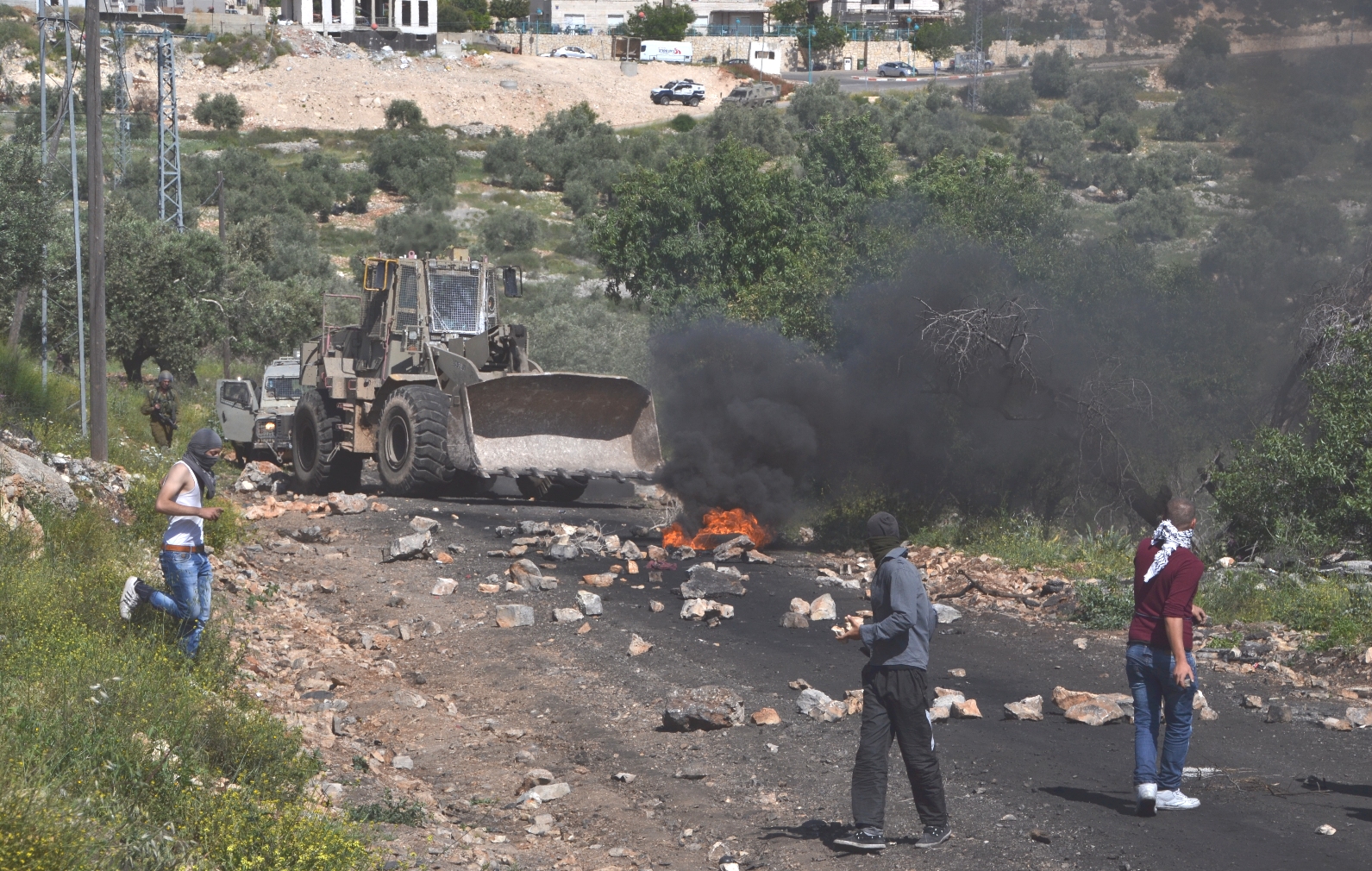Category: Nablus
-
Two Palestinians arrested during weekly demonstration in Kafr Qaddum
12th April 2014 | International Solidarity Movement, Nablus Team | Kafr Qaddum, Occupied Palestine Yesterday, Friday the 11th of April, during the weekly demonstration in Kafr Qaddum, the Israeli army arrested two Palestinian youths. As with every Friday, the demonstration [which has taken place since 2011] began after morning prayers with the people of Kafr Qaddum marching through the village to protest…
-
New road in Burin met with settler violence and harassment
11th April 2014 | International Solidarity Movement, Nablus Team | Burin, Occupied Palestine Villagers in Burin are attempting to open a new road, in order to connect the village with the main road heading towards the city of Nablus. This project has been met with much violence and protest from the nearby illegal settlements. The village…
-
Israeli forces destroy a camp where farmers live and work
11th April 2014 | International Solidarity Movement, Nablus Team | Jawana, Occupied Palestine Yesterday morning at approximately 7am, the Israeli army destroyed five tents donated by the Red Crescent to a group of farmers in the area of Jawana, between the village of Beit Furik and the ruins of Tana. Five military jeeps and two civil administration vehicles…



